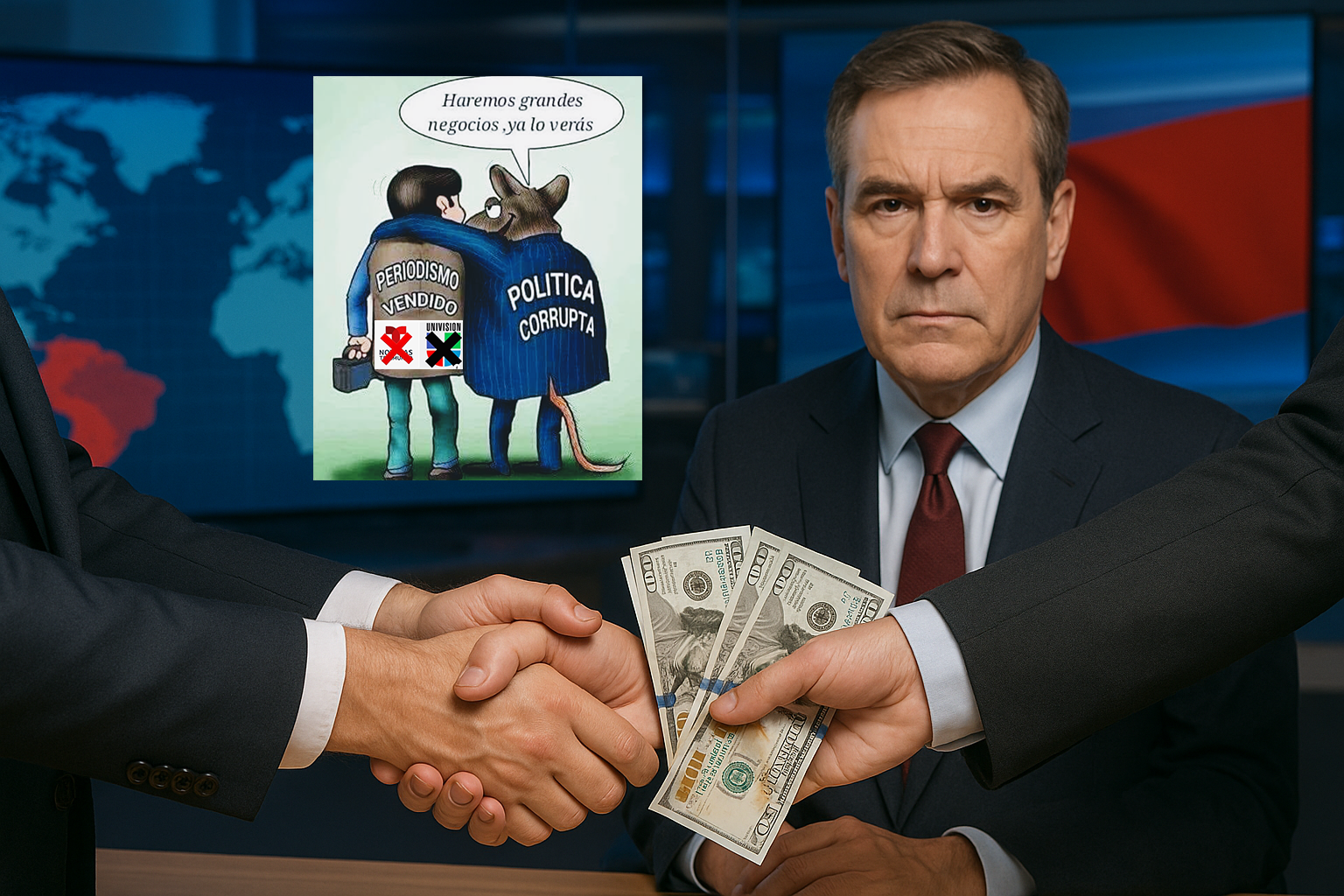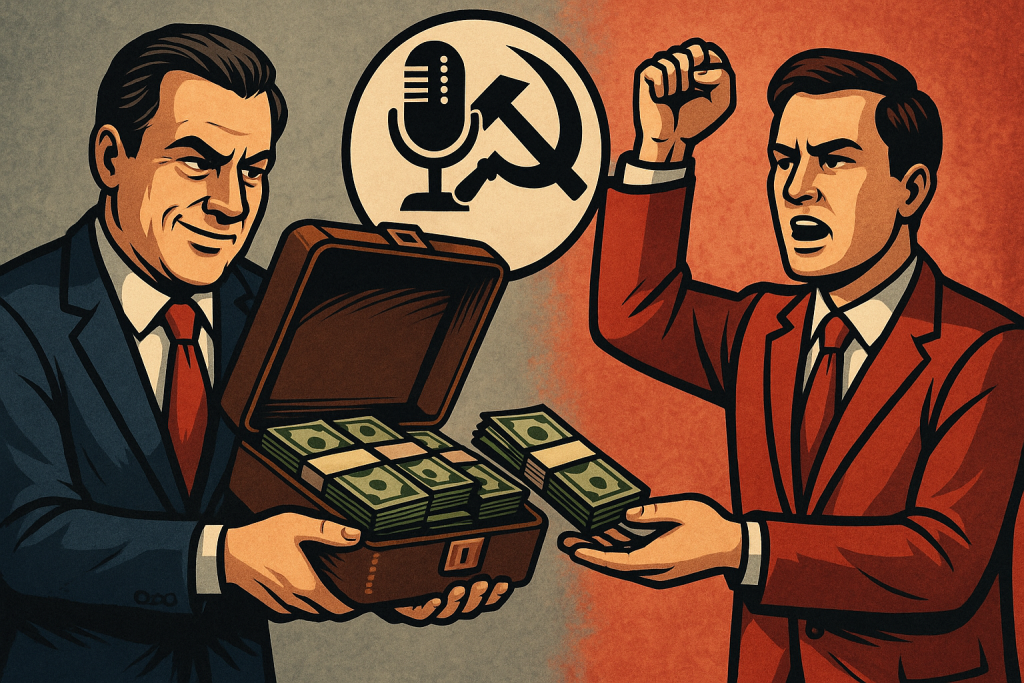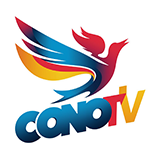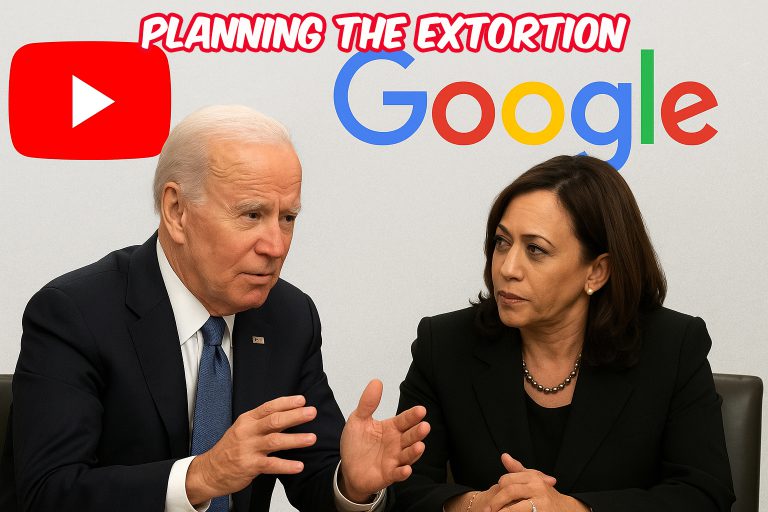
Media and Power: The Alliance That Controls What You See, Read, and Think
Media and Power: 10 Common Criticisms of Media Companies’ Support for Left-Wing or Communist Parties
In modern democracies, the relationship between media outlets and political parties is a topic of constant controversy. While some defend editorial independence as a pillar of journalism, others denounce opaque ties that distort press freedom. Among the most common criticisms—especially from conservative and liberal sectors—is the accusation that certain media groups support left-wing parties not out of ideological conviction, but rather out of economic or strategic interests.
This article compiles 10 common arguments put forward by analysts and opponents that question the ethics behind these alliances. It is a synthesis of public debates and a categorical statement. Transparency and rigor demand an analysis of these accusations, as each media outlet and political context has nuances depending on the genesis of the people.
- Public Contracts and Subsidies: The Business of Affinity
One of the most repeated accusations is that some media outlets—especially those facing financial difficulties—align their editorial line with left-wing parties to secure state subsidies, government advertising contracts, or cultural bidding. Recurring examples include:
Media outlets that receive public funds for “cultural projects” after favorable coverage.
Media companies that win government campaign bids after changing their critical tone.
Ethical Criticism: If editorial support is conditioned by public funds, the principle of journalistic independence is violated.

- Legal and Regulatory Protection: Tailor-Made Laws
Some analysts denounce that certain media groups support parties that promote beneficial legal frameworks, such as:
Tax exemptions for “allied” media outlets.
Press laws that hinder competition for independent media outlets.
Financial bailouts for media in crisis, under opaque criteria.
Example: A government promotes a law that taxes digital platforms but exempts affiliated traditional media outlets.
- Narrative Control: Social Engineering
The accusation here is that media conglomerates—especially those with influence on television and social media—distort reality to further a political agenda. These tools include:
Framing news stories with emotional or biased language.
Silencing scandals involving political allies.
Overemphasizing the opposition’s mistakes.
Criticism: This would turn journalism into a tool of propaganda, not a countervailing power.
- Privileged Access to Sources of Power
According to this argument, some media outlets negotiate exclusive access to officials in exchange for positive coverage. This would manifest itself in:
Prearranged interviews without awkward questions.
Selective leaks to damage political adversaries.
Official events with preferential accreditation.
Consequence: Journalism conditioned by the fear of losing privileges.
- Shielding from Investigations
Why do some media outlets avoid investigating corruption in sympathetic governments? Critics point to an unwritten pact:
Self-censorship to avoid losing state advertising.
Diversion of attention to cases involving other parties.
Internal pressure from owners with competing interests.
Historical example: Media outlets that ignored irregular financing scandals until the political winds changed. These cases occurred all over the world, especially in the United States during the era of socialists infiltrating the Democratic Party.
- Market Monopoly: Eliminating Competition
Some companies support parties that promote theoretical antitrust policies, but selectively applied. Reported strategies:
Regulations that stifle small media outlets (e.g., impossible legal requirements).
State control of advertising, concentrated in allied media outlets.
Effect: Reduction of informational pluralism.
- Exchange of Media Favors
Here, the criticism points to a classic trade-off:
Positive coverage = more government advertising.
Silence on embarrassing cases = licenses or concessions for other businesses of the media owner.
Fact: In several countries, multi-million dollar state advertising contracts for sympathetic media outlets have been documented.
- Parallel Business Interests
Media owners have investments in regulated sectors (telecommunications, energy, construction). They would support governments that:
Grant them concessions (e.g., TV frequencies, environmental permits).
Do not investigate their oligopolistic practices.
Emblematic case: Magnates whose media praise governments that approve their megaprojects, allegedly doing so like Soros.
- Influence on Education and Culture
Some media groups promote content aligned with left-wing educational or cultural reforms, seeking:
Subsidies for “ideologically compatible” productions.
Curricular changes that legitimize their historical narrative.
Controversy: Is it publicly funded journalism or activism?
- Revolving Doors: The Circuit of Influence
Practice denounced in several democracies:
Star journalists become government advisors.
Media executives receive embassies or public positions.
Risk: Conflict of interest and professionalization of the press as a political ladder.
Conclusion: Journalism or Power?
These criticisms reflect a widespread unease: the suspicion that some media outlets have abandoned their oversight role to become communicational arms of power. However, it is crucial to avoid simplifications:
Not all media outlets are equal; many resist pressure, and very few appear to remain unscathed.
These phenomena also occur with right-wing parties, but in very limited proportions (e.g., media concentration in the hands of right-wing economic elites is rarely seen; the largest and most blatant percentages are seen among people who support the far left).
The solution, experts agree, lies in:
Transparency in media ownership.
Clear laws on government advertising.
Independent audits of public concessions.
While the debate continues, one ethical maxim prevails: journalism should serve the citizens, not the powers that be.
This is very difficult when hunger is the norm among hired writers.





